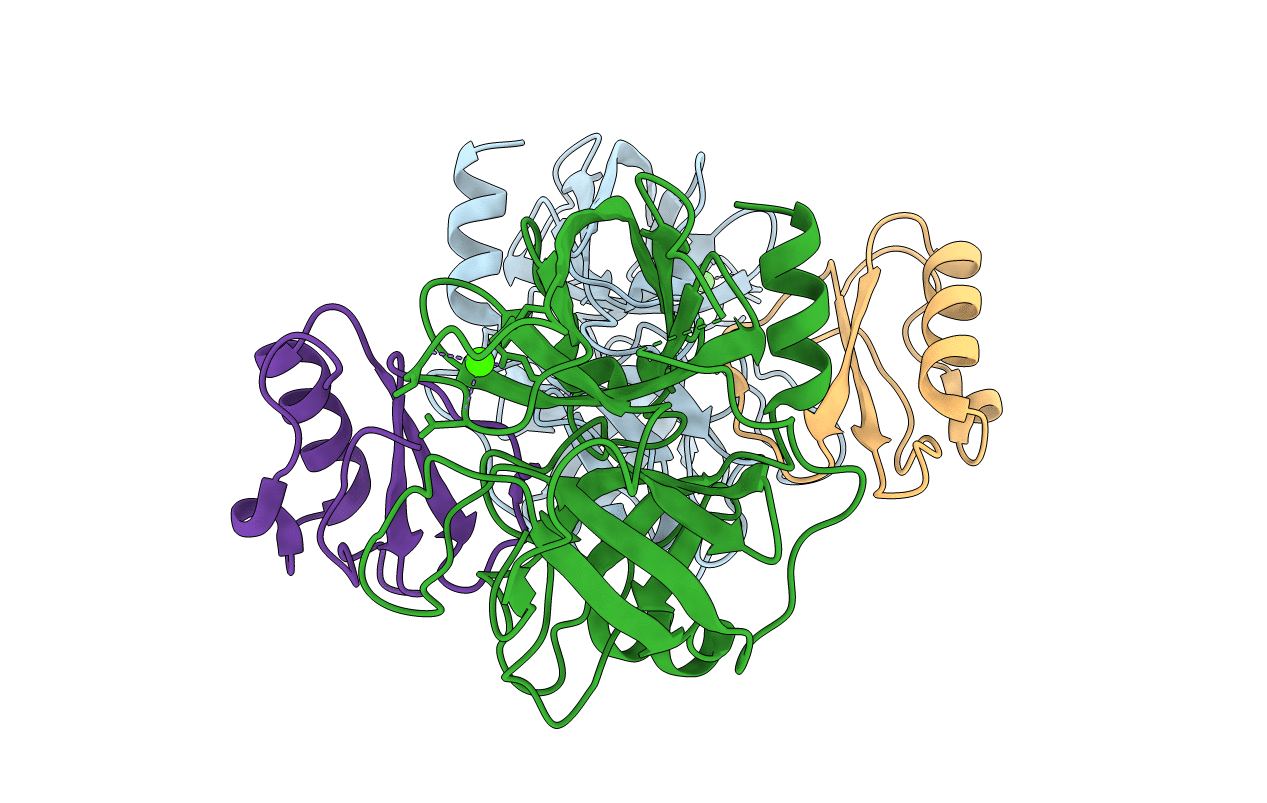
Deposition Date
2011-04-02
Release Date
2011-07-06
Last Version Date
2024-11-13
Entry Detail
PDB ID:
3RDZ
Keywords:
Title:
Crystal Structure of rBTI-trypsin complex at 2.26 angstrom resolution
Biological Source:
Source Organism:
Fagopyrum esculentum (Taxon ID: 3617)
Bos taurus (Taxon ID: 9913)
Bos taurus (Taxon ID: 9913)
Host Organism:
Method Details:
Experimental Method:
Resolution:
2.26 Å
R-Value Free:
0.22
R-Value Work:
0.18
R-Value Observed:
0.18
Space Group:
P 1 21 1


